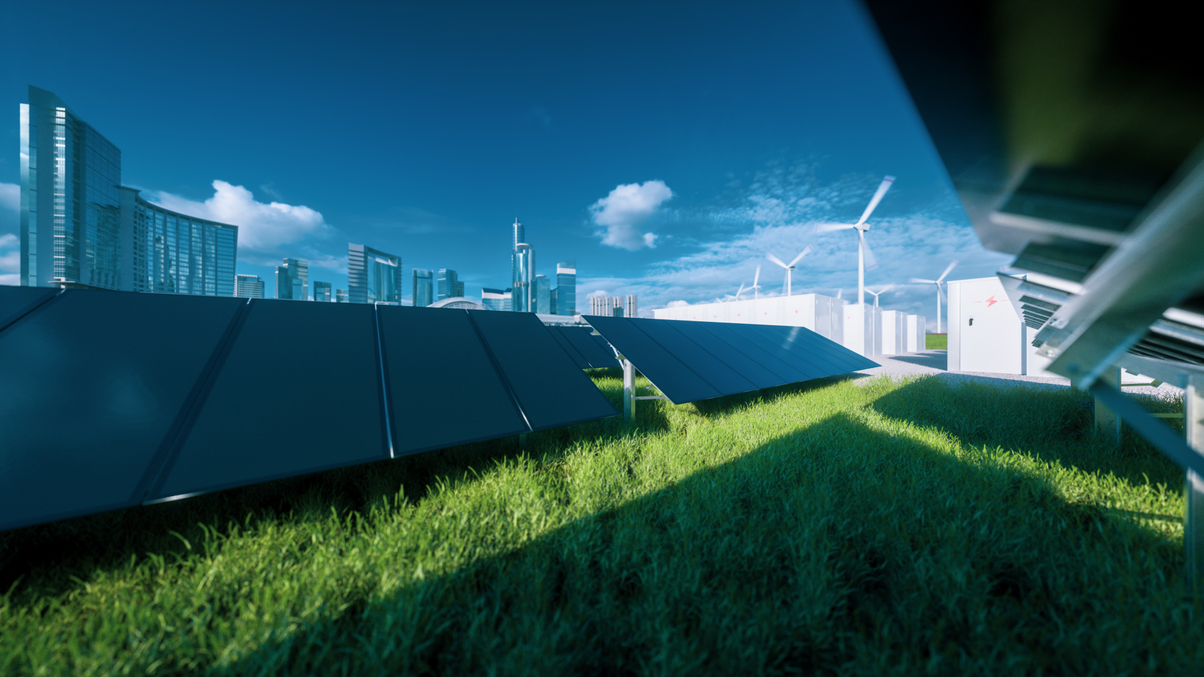AIA sees scope to finance sustainable energy in Asia
Developing and rural parts of the region need a more tailored financial approach to fund energy transition, according to the group CIO of the Hong Kong-based insurer.

Hong Kong-based AIA Group believes that some of Asia’s developing regions have the potential to further support energy transition into more sustainable sources, with the insurance group seeing a business model to finance it.
Sign in to read on!
Registered users get 2 free articles in 30 days.
Subscribers have full unlimited access to AsianInvestor
Not signed up? New users get 2 free articles per month, plus a 7-day unlimited free trial.
¬ Haymarket Media Limited. All rights reserved.


